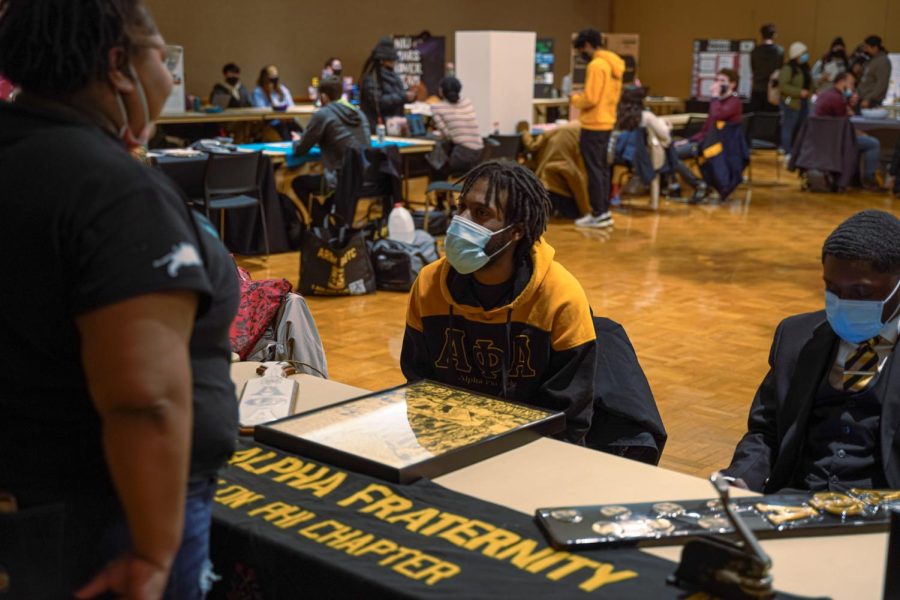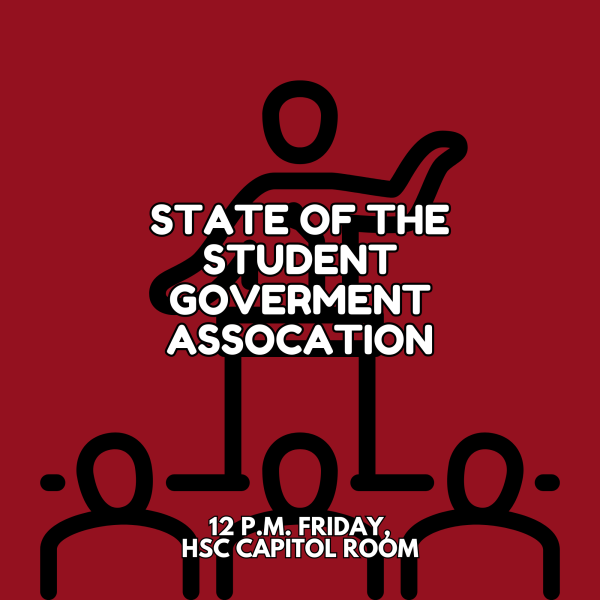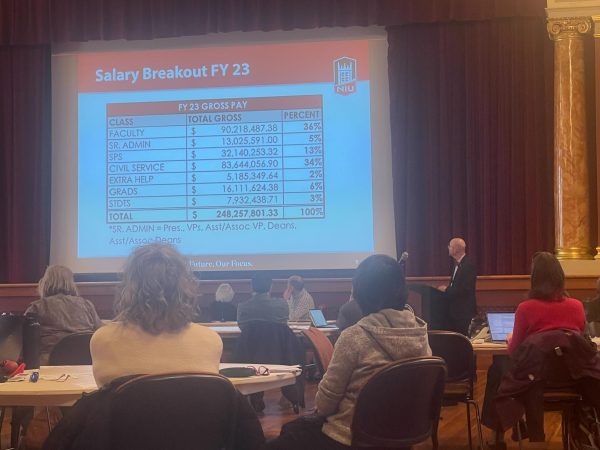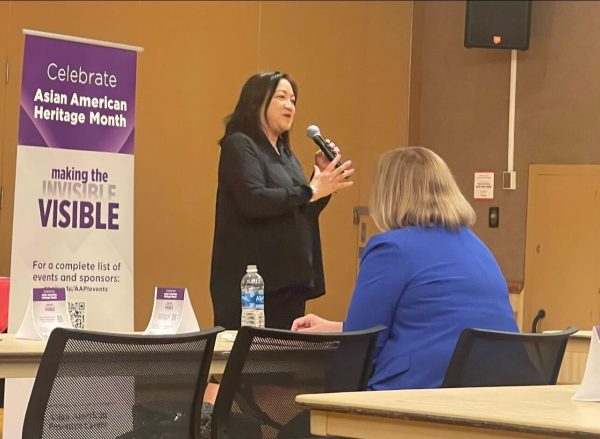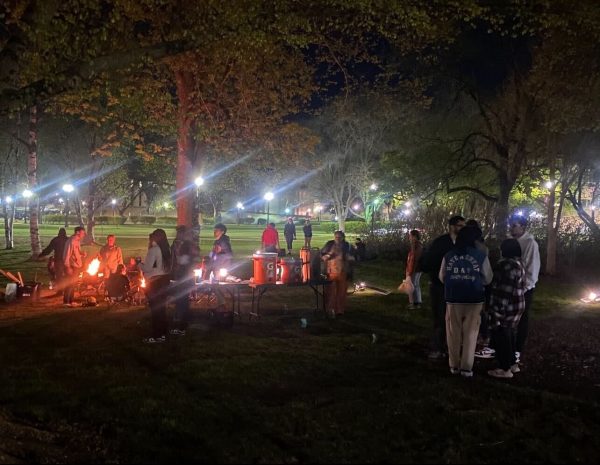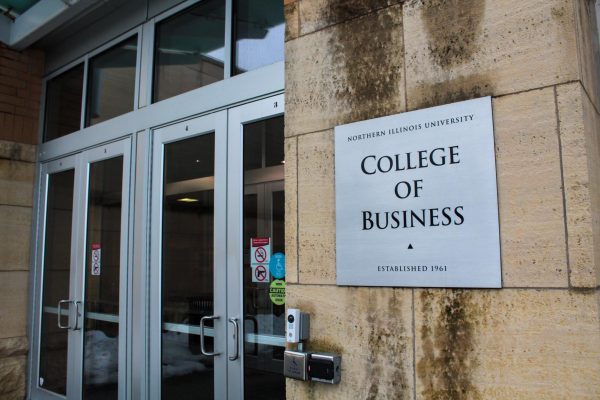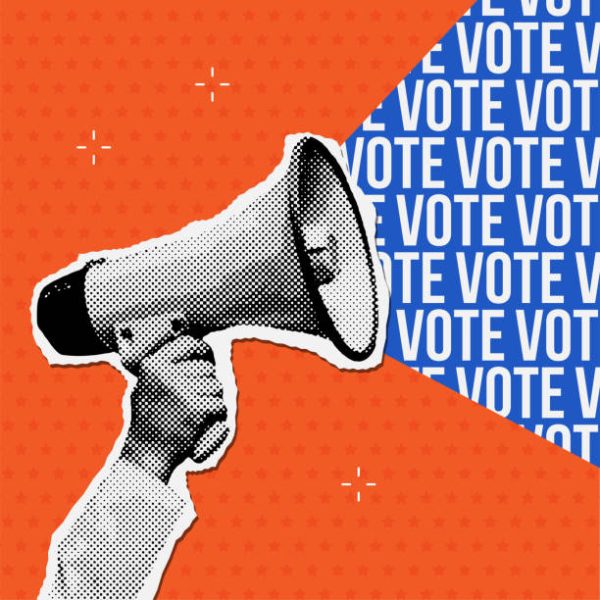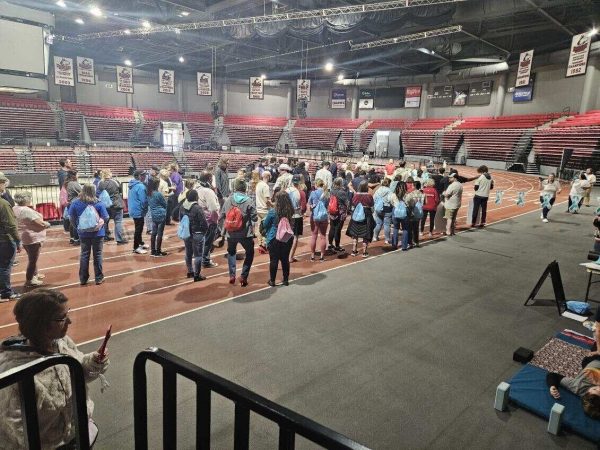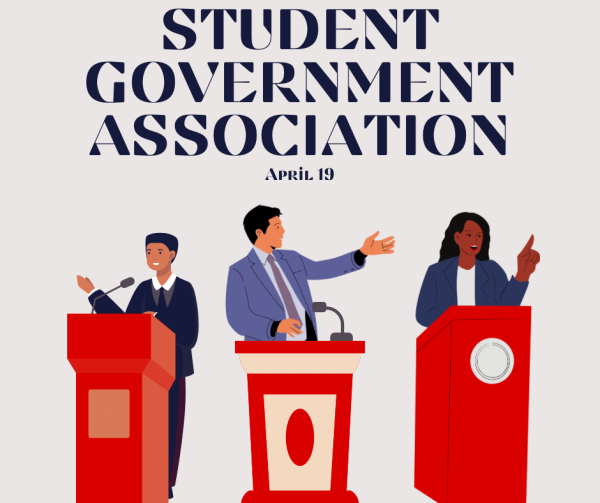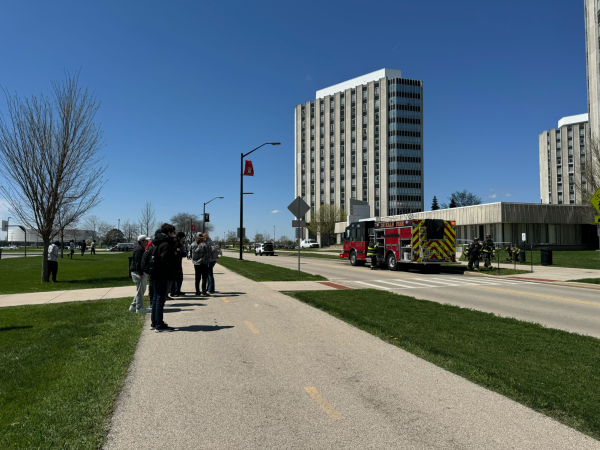COVID-19 stress causes decrease in student engagement
Organizations are struggling to recruit new members.
Pi Kappa Alpha Fraternity promoting their organization at the Feb. 2 involvement fair to attract new members.
DeKALB — In recent semesters, student engagement in on-campus clubs and organizations has continued to decrease.
Membership and participation in clubs has fluctuated, especially with the added stress of COVID-19 and changing meeting modalities.
“I see engagement as a holistic picture, so it’s students who are being involved, being a member, but also just going to events and being engaged that way,” said Alex Pitner, the Associate Director of Student Organizations and Leadership.
According to Pitner, current club membership across campus is 3,071 students, with the average number of members per organization at about 14 students.
For many clubs, recruitment has been a challenge during the pandemic.
“I think some of the hardest things we’ve had to (adapt to) because of COVID-19 is how to reach new members,” Logan Arvigo, president of the Signing Huskies ASL Club said.
NIU’s mock trial team has also had trouble with recruiting new members.
“The real trouble has been with recruiting,” John Patten, president of NIU’s mock trial team said. “I think a lot of people wanted to get involved, but mock trial is a big time commitment and people were not ready for that.”
Active participation has also dwindled.
Currently, the Signing Huskies ASL Club has 20 to 30 members. Even with a considerable number of members in the club, active participation has dwindled.
On the low end, a little over half of the members are considered active members, which means they attend at least two meetings and three events during the semester, Arvigo said.
“Actual participation is between 12 and 20 (people),” said Arvigo.
While mock trial’s membership has been a little more consistent, the amount of interest shown by students and the number of active members doesn’t exactly match up.
“Two teams has been pretty standard for us for many years, (but) we’d love to have more people,” Patten said.
Currently, the mock trial team has 14 members, although 25 students initially signed up.
Mock trial requires students to spend time preparing for mock trial competitions, which includes writing opening statements, closing arguments and researching evidence for court cases.
Even with clubs with a lesser time commitment, keeping students engaged is still a struggle, especially in an online setting.
“As an E-Board, we were concerned with how (the) trajectory looked for this year,” Arvigo said about recruiting new members.
Pitner said while recruitment during the pandemic has been more difficult than in previous years, there has been an increase in tabling events in which students can meet club leaders or members at a table for information. Social media posts on organization accounts can also help students find more information.
“I think (recruitment) is getting closer to the consistency we saw before COVID,” Pitner said.
Due to COVID-19 and changing mask, testing and modality policies, club leadership have had to be flexible when planning meetings.
“(COVID-19 has) made student organizations think in different ways for events,” Pitner said.
Some clubs have switched to online meetings through Zoom or Teams, while others have opted for hybrid modalities.
“In terms of planning meetings, everyone kind of understands that we have to be flexible,” Patten said.
Arvigo said the constant changes in modality, even two years into the pandemic, can be difficult to deal with, especially for students who are already attending online classes all day.
Arvigo also said that the reason why clubs are struggling so much is simply that students have gotten used to being at home, and they don’t always want to come out to club meetings.
Despite waning membership and ever-changing meeting modalities, according to Pitner, events registered on Huskie Link, including meetings, have actually increased.
“We’ll still see some consistency (and) some fluctuation, bouncing back (from the pandemic) depends on (the club’s) goals,” Pitner said.
However, there’s no one-size-fits-all solution for clubs trying to engage more with students on campus.
“It’s about valuing processes,” Pitner said. “Talk through what went well, what didn’t go well (and) what’s considered a good event.”
For some clubs, success might mean recruiting more members, and for others it might mean pulling off a successful event where members are engaged.
“Once (club leaders) utilize (the) resources (available to them), this can become a thriving (student) community,” Pitner said.


